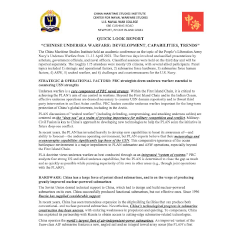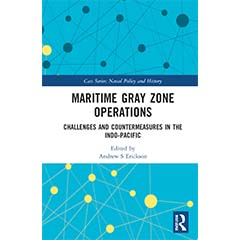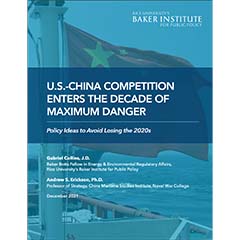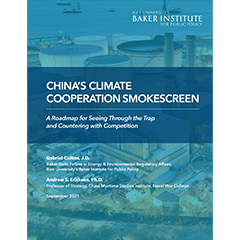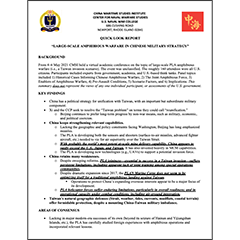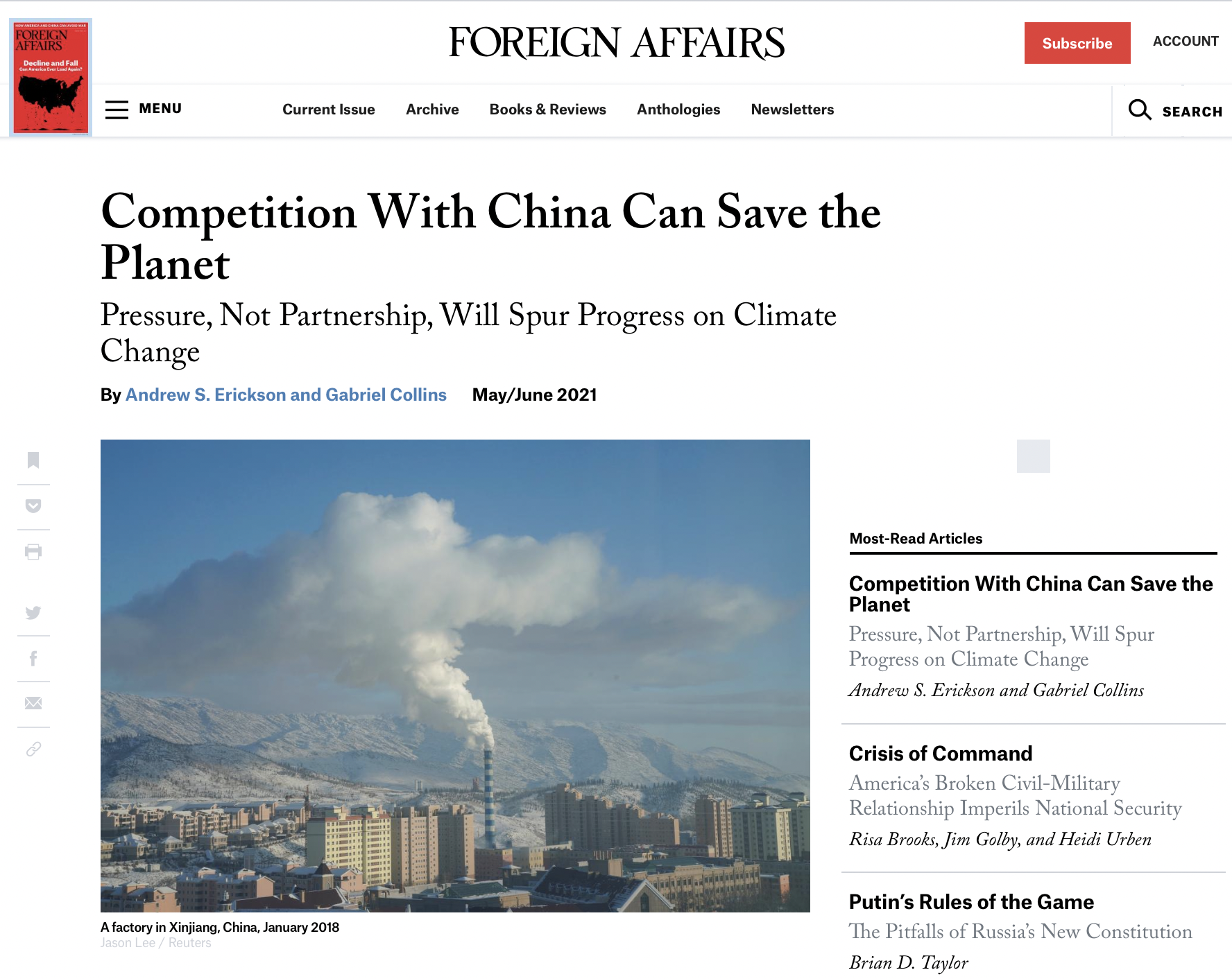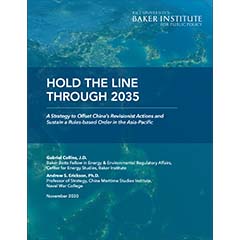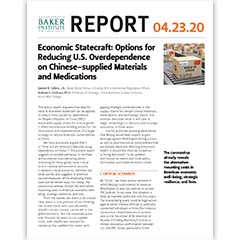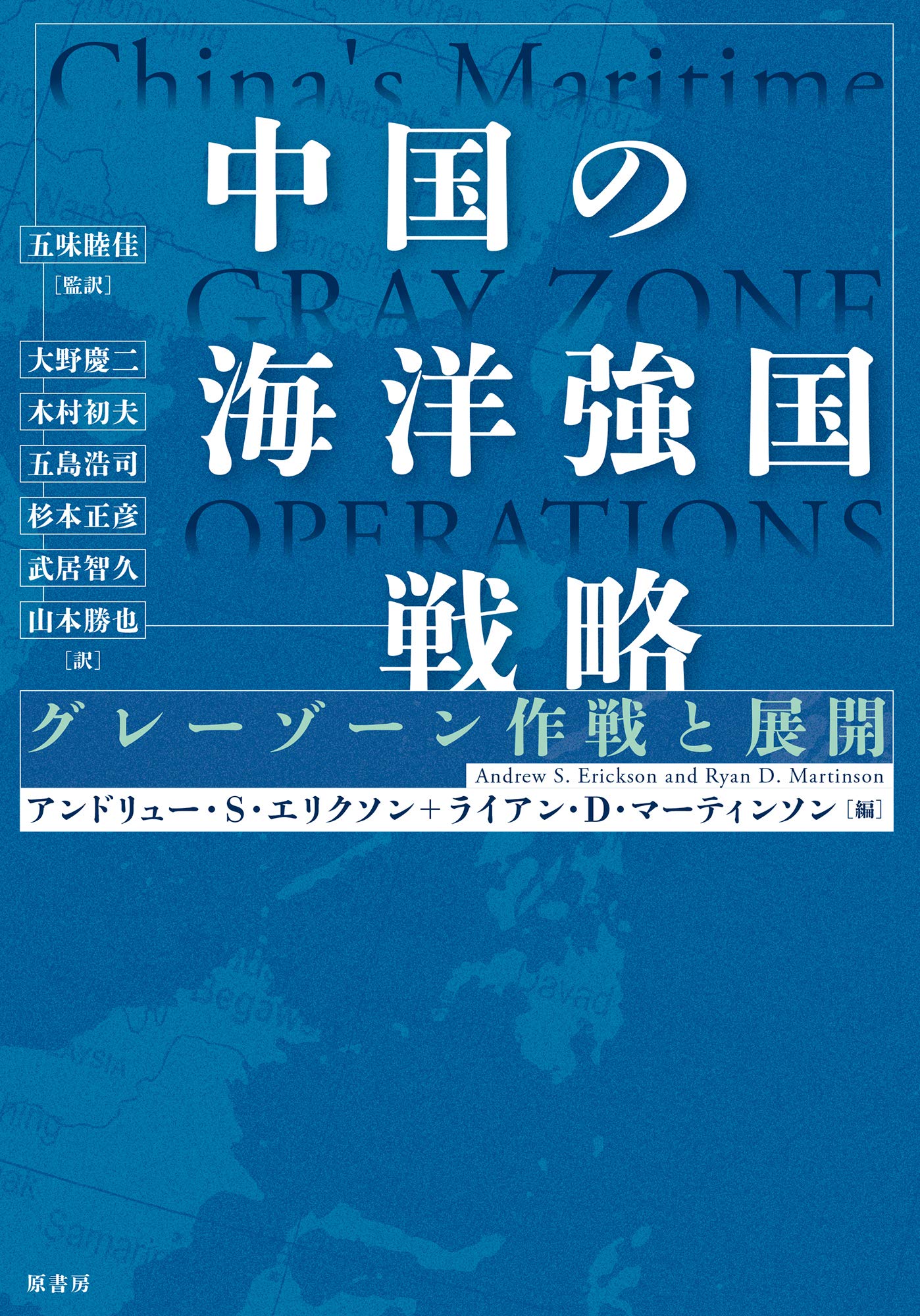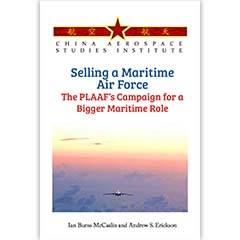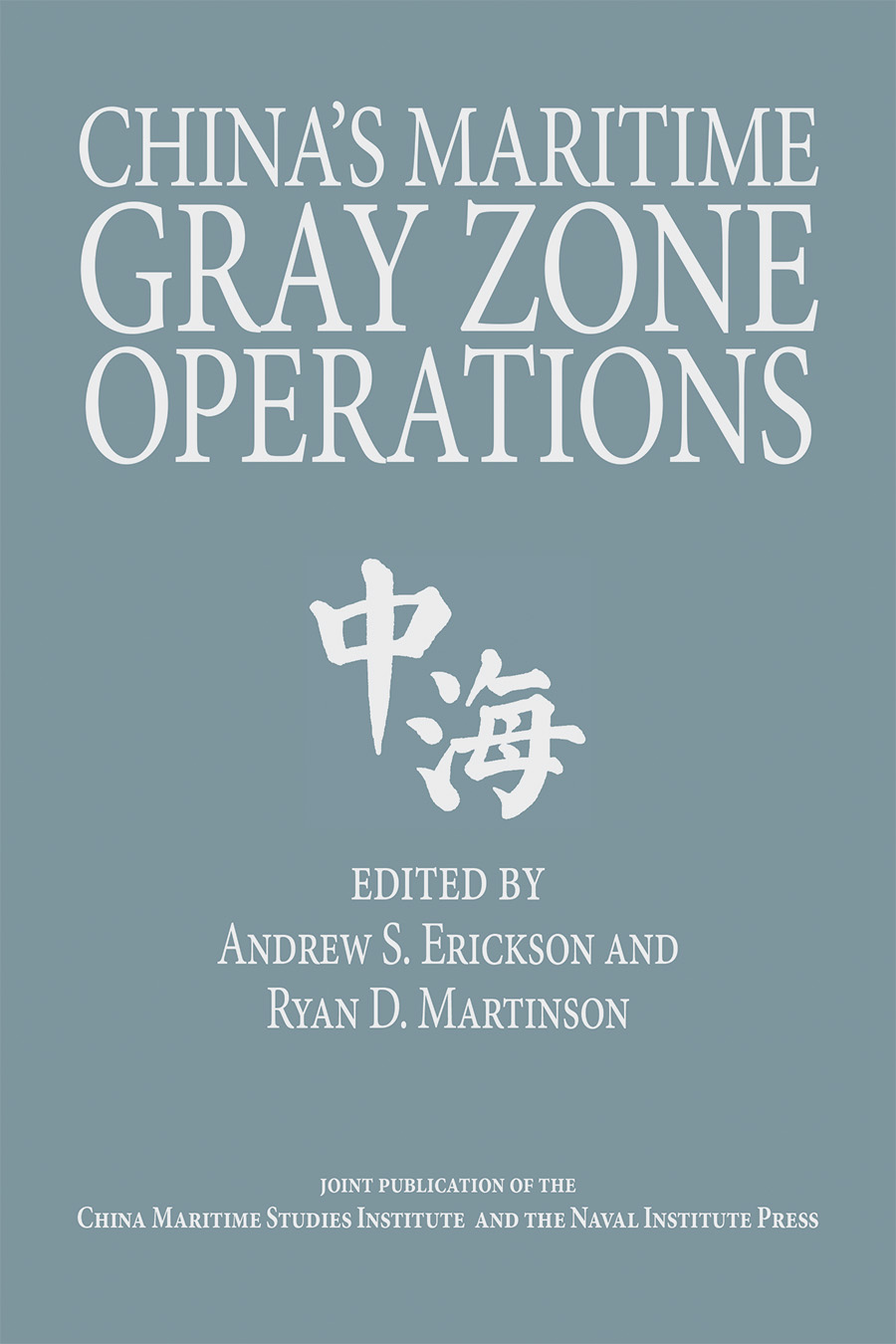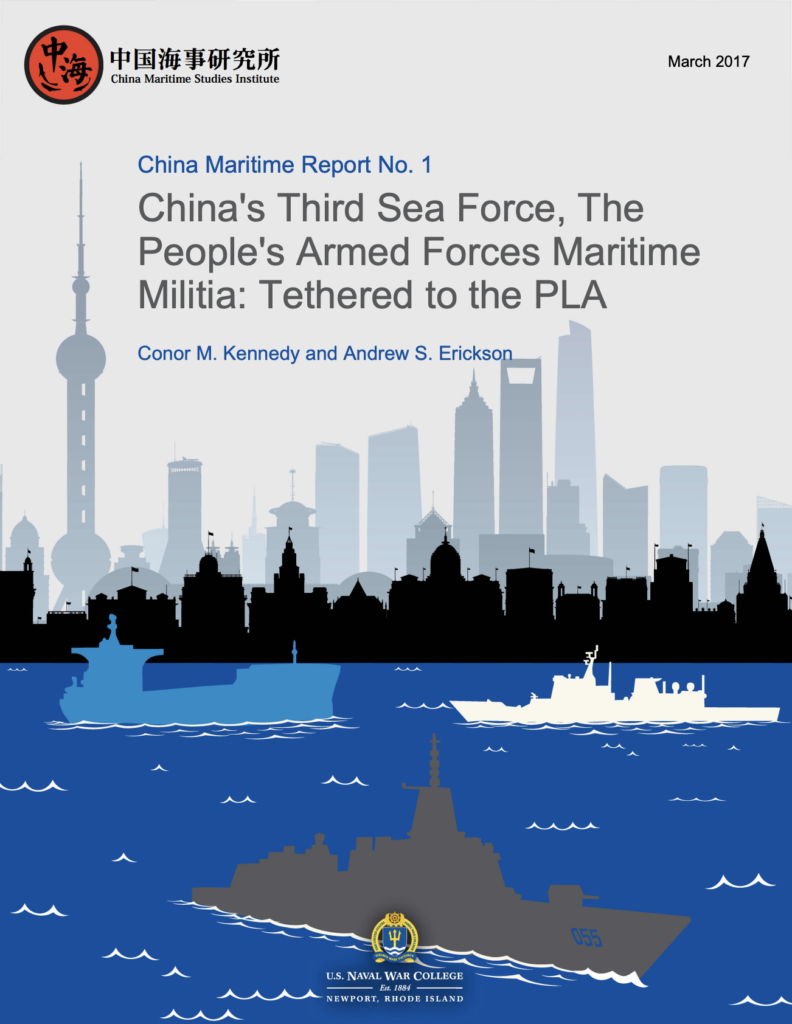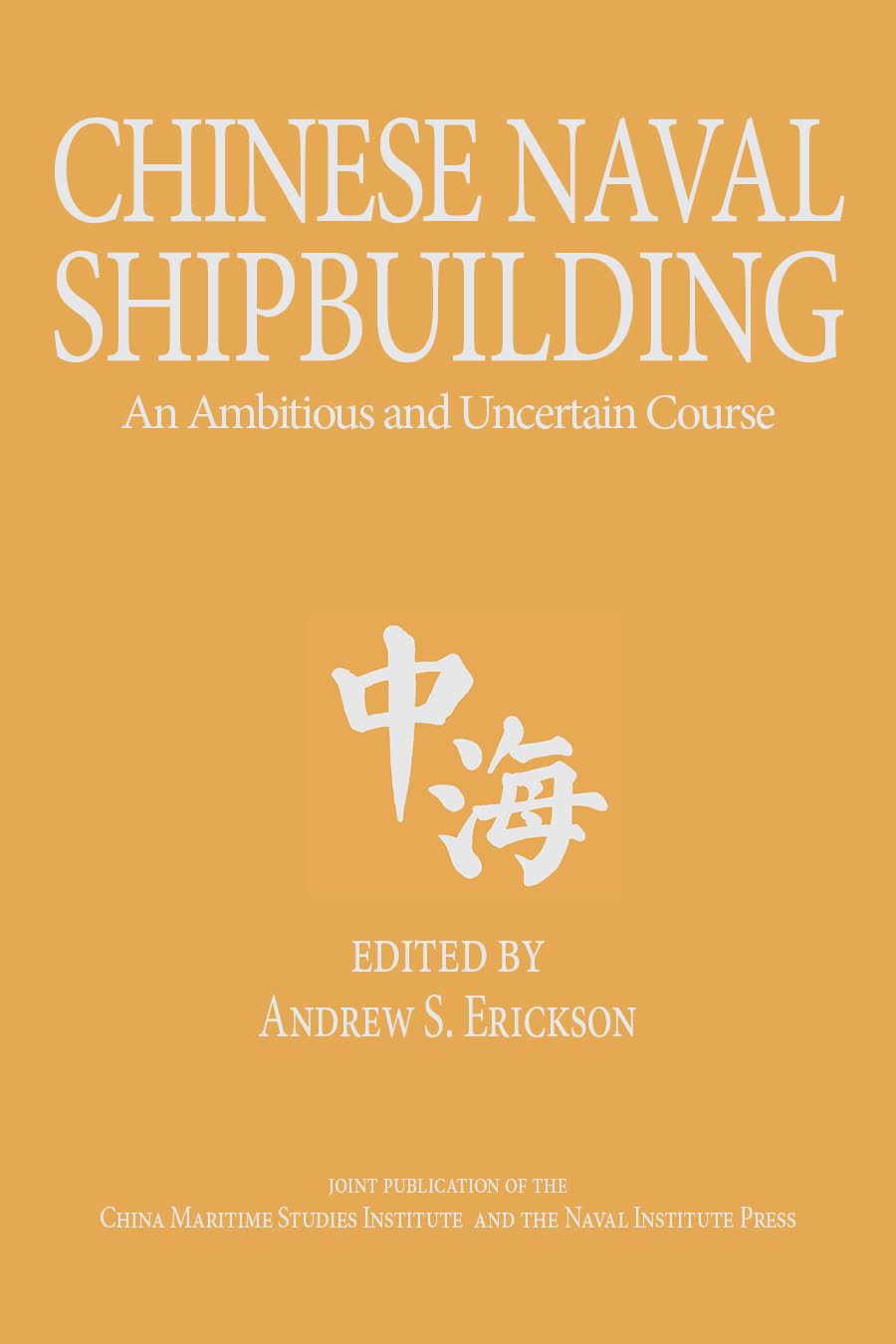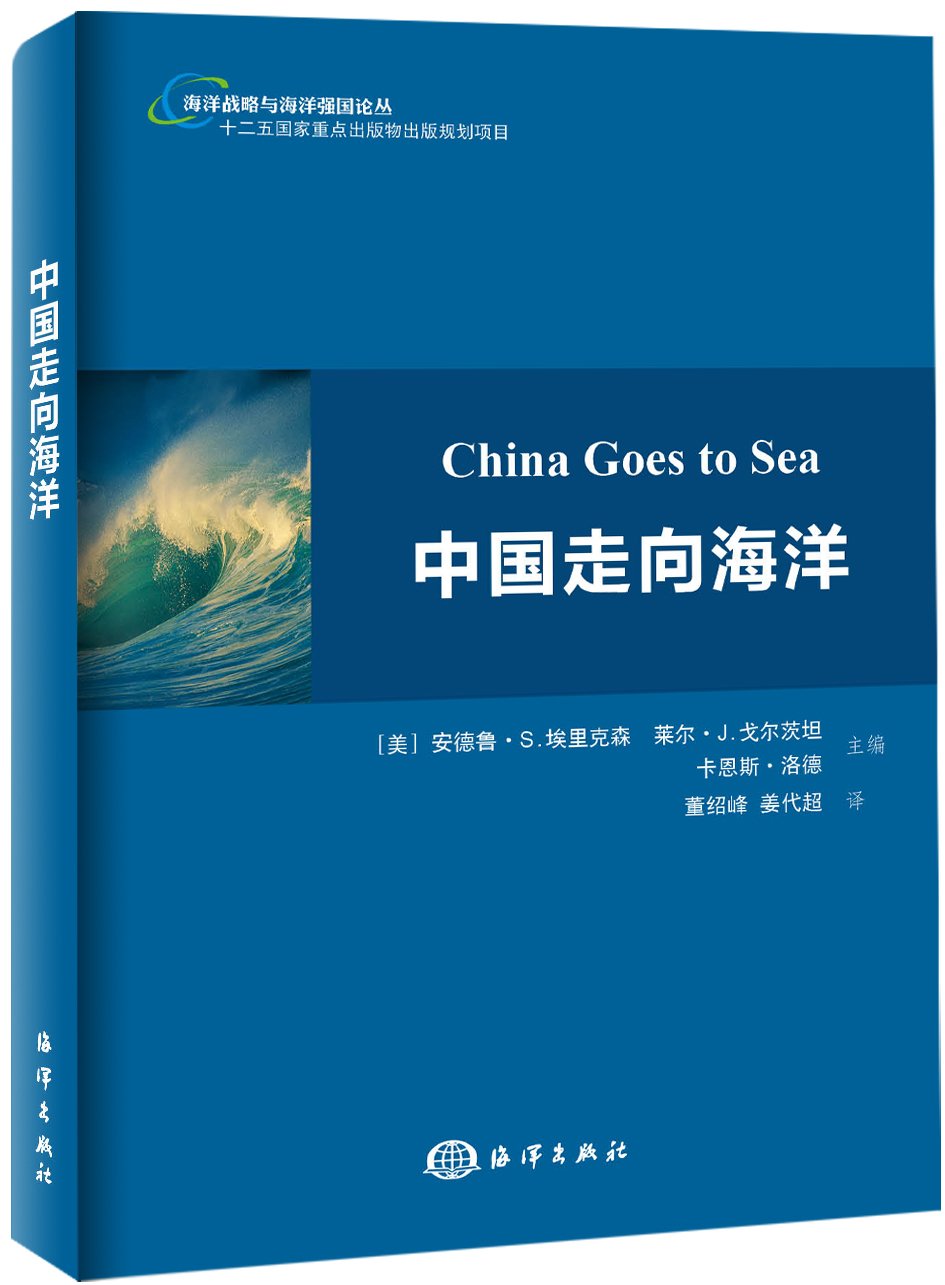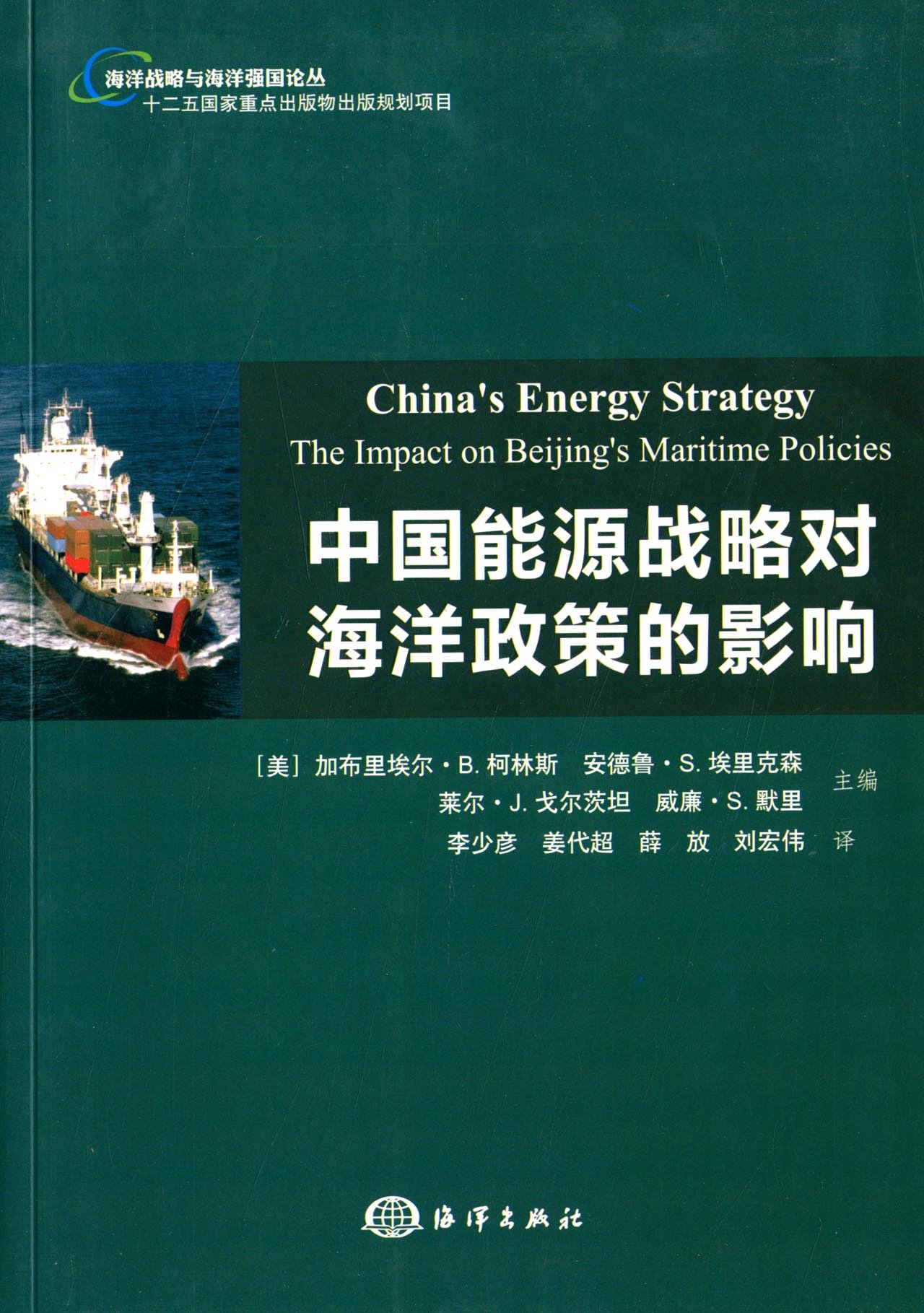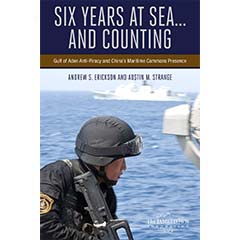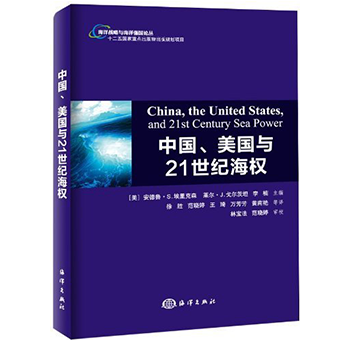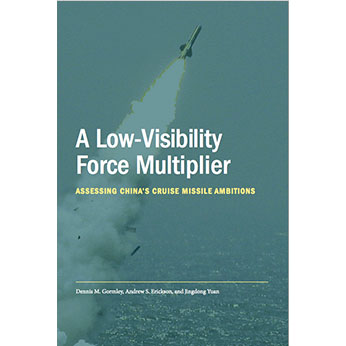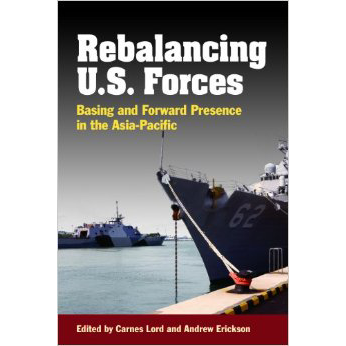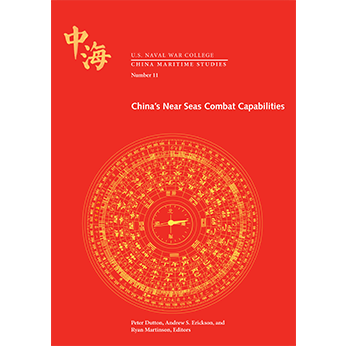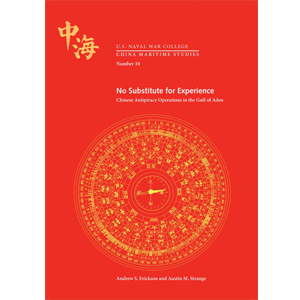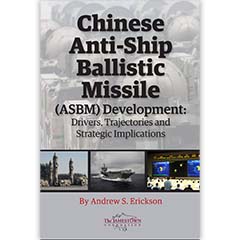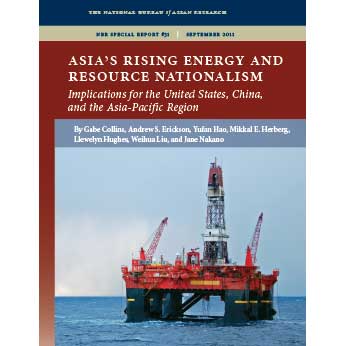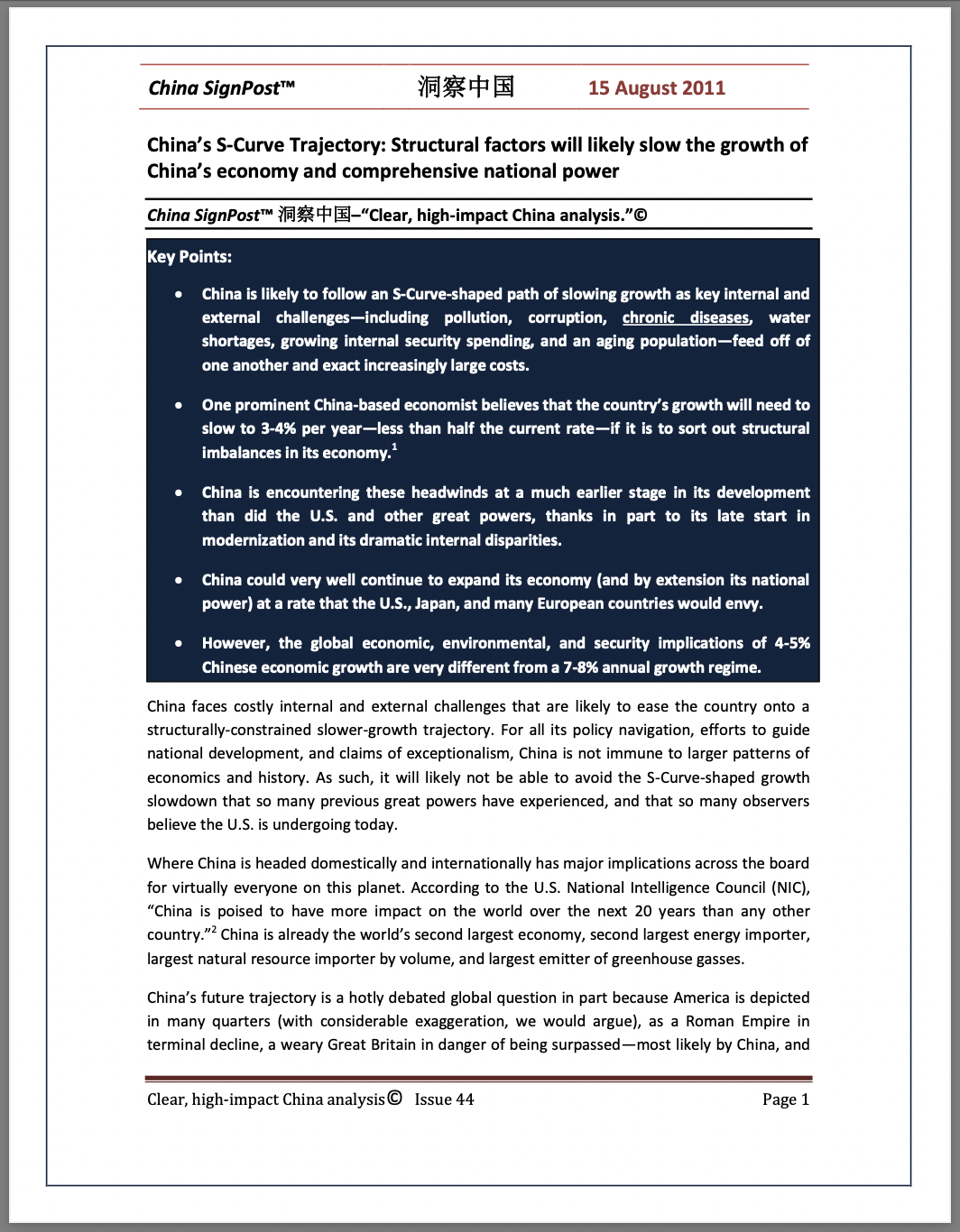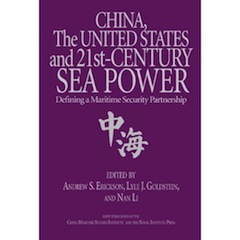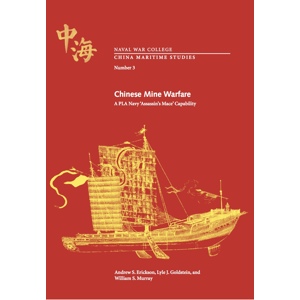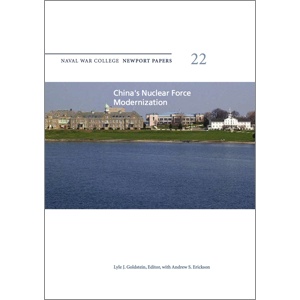Asahi Shimbun Op-Ed: “Japan-China Crisis Management–The Urgent Need for Air-Sea Contact Mechanism”
In an op-ed published both English and Japanese, Prof. Adam Liff and I argue that Tokyo and Beijing urgently need to establish, and to reliably implement, bilateral crisis management capabilities vis-à-vis the East China Sea. Hotline(s) could be of particular utility as a contact mechanism, but would only be as good as both sides’ commitment to actually using them in the event of a crisis. Our op-ed appears in Asahi Shimbun, Japan’s second-largest newspaper with a daily circulation of over 10 million readers.
Adam P. Liff and Andrew S. Erickson, “Japan-China Crisis Management–The Urgent Need for Air-Sea Contact Mechanism,” Point of View, Op-Ed, Asahi Shimbun, 9 July 2015.
Since September 2012, two concrete drivers of Sino-Japanese tensions have soared to unprecedented highs: Chinese military and paramilitary activity in the waters and airspace surrounding the Senkaku (Chinese: Diaoyu) Islands, and Japanese fighter jet scrambles against approaching Chinese planes.
Meanwhile, Sino-Japanese antipathy has reached post-normalization peaks, polls suggest. The United States pledges to support Japan in the event of a conflict–a commitment U.S. President Barack Obama reiterated at April’s Washington summit with Prime Minister Shinzo Abe.
Since the summit between Abe and Chinese President Xi Jinping last November, the ice between Tokyo and Beijing has begun to thaw. But crowded waters and airspace in the East China Sea still make the risk of miscalculation or low-level encounters escalating into a major crisis too great for comfort.
If Japan (with its U.S. ally) and China somehow went to war, the results could be catastrophic. Tokyo and Beijing must establish and effectively implement longoverdue bilateral maritime and aerial crisis management mechanisms. True statesmanship is needed to ensure that an avoidable catastrophe doesn’t occur.
Neither side wants a conflict. But to ensure that one won’t happen, they need an affirmative answer to the following question: Are China’s and Japan’s military crisis management mechanisms sufficiently mature to prevent possible escalation in the event of an unintended clash in the water or air?
So far, there are grounds for concern, especially their ability to diplomatically defuse a crisis rapidly and effectively. High-level dialogue, deeply politicized in Beijing, remains irregular.
Seven years of Tokyochampioned negotiations have not produced any bilateral crisis management mechanism.
Meanwhile, China has responded to the Japanese government’s September 2012 “nationalization” of the Senkaku Islands with measures increasing the probability of miscalculation or unintended incidents that could escalate.
For starters, by sending Chinese Coast Guard vessels into waters within 12 nautical miles of the islands Japan has administered for decades–387 cases between September 2012 and May 2015–Beijing now actively challenges the status quo.
The risk of miscalculation or an accident has also increased. Most dangerously, in January 2013, Chinese frigates reportedly used fire-control radar against a Maritime Self-Defense Force destroyer and helicopter in international waters. That’s the naval equivalent of pointing a loaded gun directly at someone with a finger on the trigger. (The MSDF, to its credit, deescalated the situation by not reciprocating.)
In June 2014, both governments claimed harassment of reconnaissance aircraft by the other side’s fighter jets within several dozen meters in international airspace. On multiple occasions in 2014, Chinese Su27 fighters approached within several dozen meters of Japanese reconnaissance aircraft in international airspace. That’s dangerously close; the risks are real. Case in point: a Chinese J8 fighter’s collision with a U.S. EP3 reconnaissance aircraft in international airspace in 2001. The result? The Chinese pilot’s death, the U.S aircraft’s emergency landing on Chinese territory and a protracted political crisis.
Rather than reducing tensions via diplomacy as circumstances worsened after Japan’s September 2012 “nationalization” of the islands, just as the risk of crisis increased, to express its displeasure Beijing unconstructively closed key channels with Tokyoincluding negotiations over a maritime crisis management mechanism on the verge of culminating in summer 2012.
Here’s the good news: as bilateral relations gradually improved postAPEC summit, Beijing agreed to resume working-level talks on a maritime communication mechanism, even proposing an aerial component.
Better late than never. The first meeting occurred in January, the first JapanChina security dialogue in four years in midMarch, and senior defense officials met in Singapore in late May.
Talks are good. But an urgently needed, signed and effectively implemented agreement soon is no sure thing. China’s newfound openness to crisis management dialogue may reflect an assessment that its actions have already achieved a “new normal” of shared administrative control over the islands.
Beijing may seek to use these negotiations to extract from Tokyo longsought recognition that a territorial dispute exists. Because to Japan any such concession remains a nonstarter, gridlock may ensue.
So what would signs of concrete progress on crisis management be? Most important: a concrete, binding code of conduct coupled with robust aerial crisis management.
Effective operationalization of the “Sea-Air Contact Mechanism” proposed in January would be particularly encouraging. Components reportedly under negotiation include a hotline between defense authorities, annual meetings, and common radio frequencies for ship and aircraft communications.
Concrete agreements on all would be huge steps forward. But they are only useful if effectively implemented. U.S.-China relations again provide sobering lessons. The 1998 U.S. China Military Maritime Consultative Agreement merely created a talk shop wherein Beijing reiterated opposition to (U.S.-supported) mainstream views of international law.
During the aforementioned 2001 U.S.-China “EP3 crisis,” bilateral hotlines were present, but ineffective. Repeated high-level U.S. queries regarding the detained crew’s condition were ignored by China for 24 hours.
Since September 2012, Beijing’s willingness to assert its claim to the islands coercively, coupled with its tendency to sever high-level dialogue when needed most, is destabilizing. While any single encounter causing an incident and unintended escalation remains a low probability, as the frequency of closer encounters at air and sea increases, so does overall risk of a preventable clash.
Neither side seeks conflict. Yet neglecting bilateral crisis management mechanisms is like playing with fire.
In the East China Sea’s crowded waters and airspace, hope is no strategy. Fail-safes and firebreaks are needed to ensure that a conflict no one wants never occurs. Bilateral maritime and aerial crisis management mechanisms–and a commitment to use them–must not be postponed any longer.
* * *
Adam P. Liff is an assistant professor at Indiana University’s School of Global and International Studies. He is also an associate-in-research at Harvard University’s Reischauer Institute of Japanese Studies and Fairbank Center for Chinese Studies.
Andrew S. Erickson is an associate professor at the U.S. Naval War College’s China Maritime Studies Institute. Since 2008, he has been an associate-in-research at Harvard University’s Fairbank Center for Chinese Studies.
SPECIAL TO THE ASAHI SHIMBUN
*****
For a shorter, Japanese-language version of the present argument, see アダム・リフ、アンドリュー・エリクソン [Adam Liff and Andrew Erickson], “日中間の危機管理–海空連絡メカニズム急げ” [Japan-China Crisis Management—Expedite an Air-Sea Contact Mechanism],(私の視点)[Our Perspective (Op-Ed)], 朝日新聞 [Asahi Shimbun], 4 July 2015.
Click here to read the full text.
2012年9月以降、日中間の緊張は二つの面で過去に例がないほど高まっている。尖閣諸島(中国名・釣魚島)周辺の海域と上空で中国が軍事的・準軍事的な活動をしたり、中国機の接近に日本も戦闘機を緊急発進させたりしていることだ。世論調査によると、相互の反感は国交正常化以来最悪になっている。
昨年11月、安倍晋三首相と中国の習近平(シーチンピン)国家主席が首脳会談をしてから冷え込んだ両国関係は改善され始めた。だが(両国の艦船や航空機で)混み合うこの海域と空域では計算違いや、緊張度の高くない遭遇が重大な危機にエスカレートするリスクがまだ高く、安心できない。… … …


